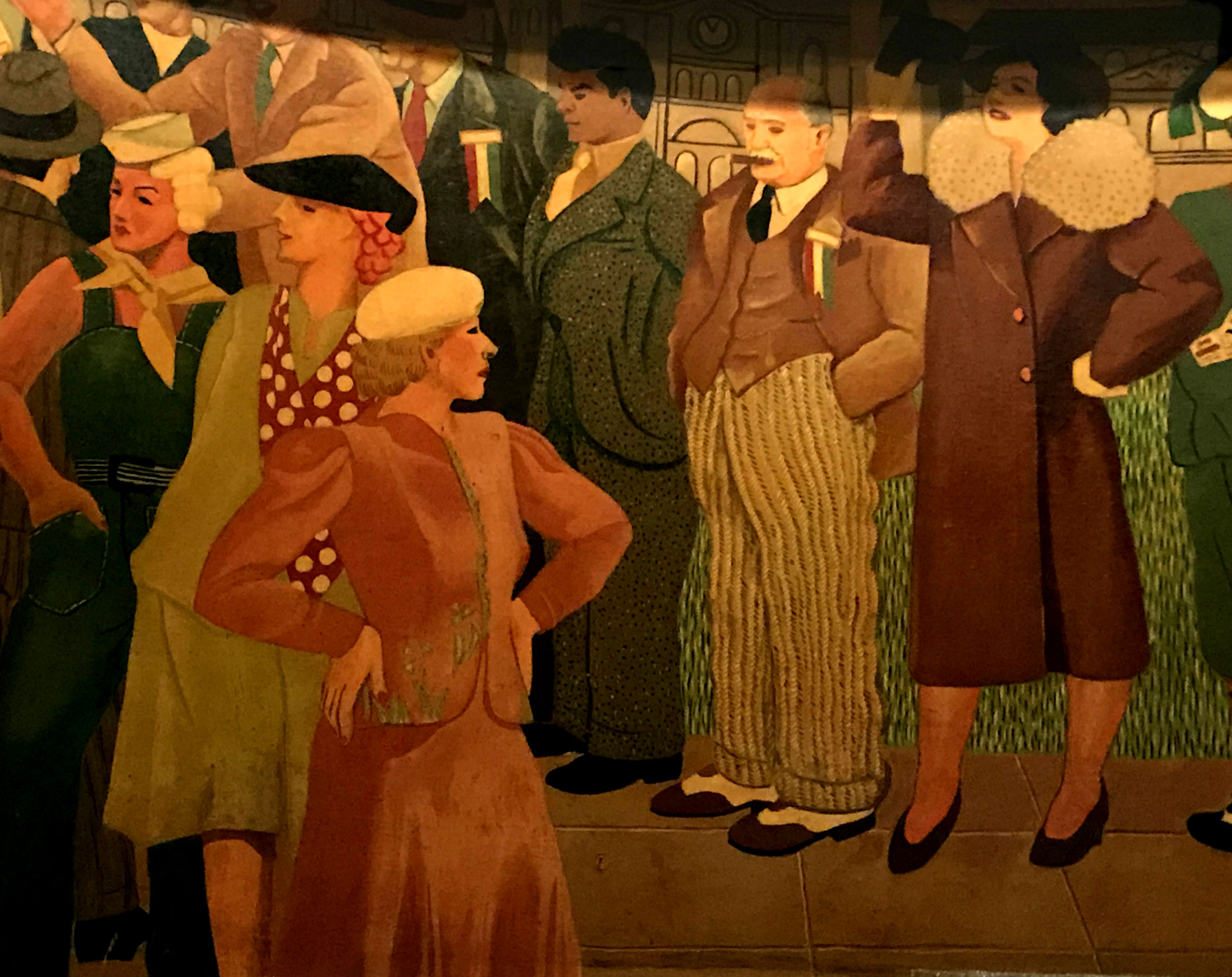Colonial Drinking

“There were giants in the earth in those days; and also after that…mighty men which were of old, men of renown.” – Genesis 6:4
Yesterday I burned a fair number of pixels describing how you might celebrate July 4th in a particularly American way. Today, I just want to let you know that even if you go full force this holiday, you’re probably falling well short of the founding fathers…and mothers and, for that matter, small children.
In the modern age, Americans are not particularly hard drinkers, ranking 48th overall in total consumption in the most recent data from the World Health Organization with about 2.4 gallons of pure alcohol per person over 14 per year. That’s a bit more than half the number turned in by Australia, another former British colony which came in number 1 in the 2010 rankings. Whether that win by the Aussies is a point of pride or shame is left to the judgement of the reader. I’m going to guess the (stereo)typical Australian will wear it as a laurel of honor (or maybe a eucalyptus of honor?).
By comparison, in 1830 (slightly after the revolutionary generation, I admit), Americans of all ages drank about 7.1 gallons of pure alcohol per person per year (and I’m pretty sure that figure includes babes in arms). Let’s just pause for a moment to reflect on that figure. Based on the recommendations of my friends at the Mayo Clinic, as a robust man of respectable girth (no comments from the peanut gallery, please) in a comfortable middle age, I could enjoy about 3.4 gallons of pure alcohol a year moderately. By the presidency of Andrew Jackson, the entire country – men, women and children of substantially less heft than mine – was consuming double that amount and about triple our modern average.
To be sure, the health calculations of the era were a bit different. Water was a far dicier proposition than today, what with parasites, bacteria and just plain dirt. One early Jamestown colonist wrote of the water “taken out of the River, which was at a floud verie salt, at a low tide full of slime and filth, which was the destruction of many of our men.” I’d avoid the water too.
Alcohol, meanwhile, was still valued for its medicinal and tonic values. It helped cure parasites, relieved pain and was essential in drawing from plants various pharmaceutical substances that wouldn’t yield to mere water. Taking no chances, early Americans drank these elixirs morning, noon and night on a schedule that astounds in an era of mechanization, deadlines and child protective services.
Of course, early Americans were not immune from the effects of all that drinking, and stories of drunkenness abound. No less an authority than Benjamin Franklin collected over two hundred terms for the state ranging from the prosaic like “addled” or “boozy” to the fanciful like “seeing bears” or my new favorite “half way to Concord”.
In remembrance of our early American roots, I poured a drink upon rising this Independence Day, but I plan to be show a bit of modern restraint as the day wears on, partly by sticking to lower alcohol drinks like that pictured above (with blue curacao layered between grenadine and cream, it’s a fine after-dinner or after lunch finisher).
We’ll discuss more about America’s drinking history in later posts, but let’s wrap up with this popular verse from the 18th century:
There’s but one reason I can Think,
Why people ever cease to drink,
Sobriety the Cause is not,
Nor Fear of being deam’d a Sot
But if Liquor can’t be got.
Happy Fourth, everyone! I’ll see you half way to Concord.
Photo: A Fourth of July Pousse Cafe
Photo Credit: Steve Morgan




